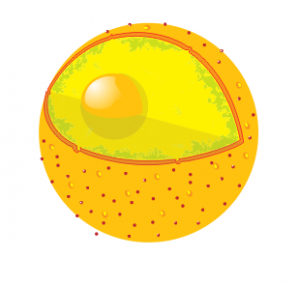 The Biology of Genomes conference officially kicked off last night. Twitter coverage was strong as usual, and you can get a pretty detailed impression of all the talks by reading the #BoG12 hashtag.
The Biology of Genomes conference officially kicked off last night. Twitter coverage was strong as usual, and you can get a pretty detailed impression of all the talks by reading the #BoG12 hashtag.
To cut straight to the chase, the first session (High Throughput Genomics and Genetics) included a total of four different talks on sequencing the genomes of single cells. A clear theme if ever there was one.
Two of these talks discussed creating personal genetic maps of recombination by directly sequencing single sperm cells. Adam Auton went first - his dataset was an example of a particularly tricky setup, including massive amplification biases and a whopping 75% of his samples showing evidence of contamination. Despite this, he showed that with the right QC and statistical model you can still get a good map that is very similar to existing maps, even given these problems. Stephen Quake presented a somewhat less difficult sperm sequencing study, which used a special microfluidic chip (previously used for chromosome separation) to separate out the sperm cells. Low coverage sequencing could produce a map that closely recapitulated existing maps, and higher coverage could be used to estimate rates of aneuploidy and de novo mutation.
The other two talks focused on sequencing single cells from cancer tumours. This follows on from work published last year using a technique called single nucleus sequencing (SNS) to assess genome-wide copy-number state in a single cancer cell. Timour Baslan presented work on bringing the cost of this technique down to be affordable enough to run on large numbers of samples. This technique has now been applied to track the evolution of the cancer cell population in response to chemotherapy during clinical trials. Nicholas Navin, who published the original technique, showed how a number of improvements can allow accurate resolution of >95% of single base-pair mutations within these cells: these include allowing the cells to duplicate their DNA before amplifying it, and using a combined DNA fragmentation and adaptor ligation stage to reduce DNA loss. He showed that each cancer cell harbours its own set of functional mutations, even if these cells are taken from seemingly “simple” and homogenous tumours.
These talks show the start of the ramping up of single-cell genomics from small proof-of-concept studies to large studies addressing real biological hypotheses. This comes in the same week as the announcement of the new Single-Cell Genomics Center at the Broad Institute in Boston, which will many more researchers to design and carry out these types of experiments. I for one am very interested in seeing the range of studies these technologies can be applied to.
Thank you to Adam Auton, Stephen Quake, Timour Baslan and Nicholas Navin for their permission to write about their talks. The cartoon of the cell with exposed nucleus is taken from Wikipedia








